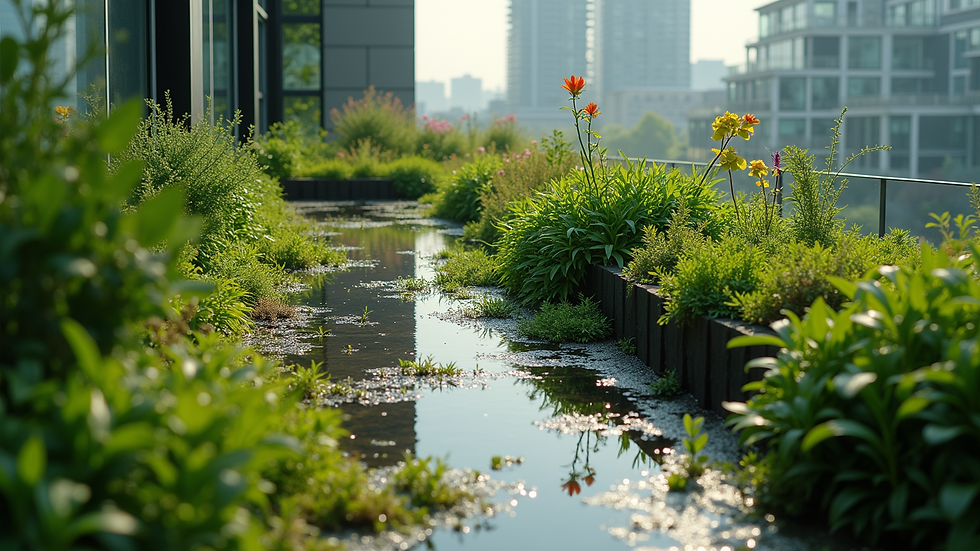Four Benefits That Living Green Walls Can Bring To Your Project
- TIGA Green
- May 12, 2023
- 2 min read
Updated: Jun 13, 2023
Living green walls, also known as vertical gardens or vertical greenery, offer numerous benefits that contribute to a more sustainable and healthy living environment:
They enhance air quality by acting as natural air filters, absorbing carbon dioxide and releasing oxygen, thus reducing pollution levels and improving overall air freshness. As we introduce plants to a limited space, green walls can significantly enhance air quality, reducing pollutants and airborne toxins.
Insulation and temperature regulation. The plants on the walls act as natural insulators, reducing the heat transfer between the interior and exterior of a building. This can lead to lower energy consumption for heating and cooling, reducing greenhouse gas emissions and mitigating the urban heat island effect.
Green walls promote biodiversity by creating habitats for insects, birds, and other small animals, thereby supporting urban ecosystems and enhancing biodiversity conservation efforts. These living installations also reduce noise pollution by absorbing and deflecting sound, resulting in a quieter and more peaceful atmosphere.
Green walls improve mental health and well-being by creating visually appealing and serene spaces that promote relaxation, stress reduction, and an overall sense of connection with nature.

Furthermore, living green walls help combat noise pollution. The combination of plants and their substrate helps absorb and dampen sound waves, acting as a natural sound barrier. This is especially valuable in densely populated areas or near busy roads, where noise pollution can adversely affect human health and well-being. With their multifaceted advantages, living green walls play a pivotal role in sustainable urban development and harmonising nature into our built environments. Embracing this sustainable and nature-integrated approach can lead to healthier, more livable cities while contributing to the overall well-being of humans and the environment.
For more info, visit the Living Walls page.





Comments